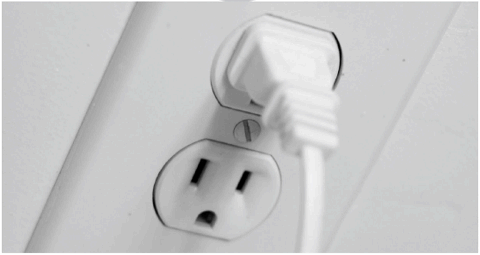From The Desk of
Arthur LazerowHOME INSPECTIONS
A MUST DURING 2006
Buyer’s Agents have no more excuses for any client not having a
home inspection. Since the market is now better balanced between
buyers and sellers, every offer should contain a home inspection
contingency.
A home inspection protects all four parties in a real estate
transaction. Let me repeat what I wrote a year ago. “Talking about
feeling vulnerable. Have you seen the TV ad for USA Today
Newspapers? A gentleman steps naked out of his hotel room to pick up
the newspaper and the door closes behind him. No key. No clothes.
Oops! The look of vulnerability at that very moment defines the
feeling of vulnerability. Realtors practice naked if any sale
transaction has no home inspection.” Realtor liability is a
potential, but real possibility in any transaction that closes with
no home inspection.
The benefit to sellers and their listing Realtors is obvious. I
cannot remember how many times I have heard a Realtor say to a
purchaser after settlement: “You had a home inspector, call your
inspector.” With the new seller disclosure obligation in Maryland,
no one knows yet what “health and safety” or “latent” will mean in
court. Err on the side of caution; encourage your client purchasing
a home to schedule a home inspection. Home inspection fees are
generally less than one percent of the sales price, so cost should
never be a detriment.
In that rare case that a home is “hot” due to its individual
features or location and multiple offers are possible, call for a
pre-offer home inspection. Do something to protect your client and
to protect yourself.
And needless to say, CALL ALBAN for your client’s home inspection
and environmental testing needs. |

Testing, One Two
Can Your Electric Outlets Meet The Challenge? |
|
The ground fault circuit interrupters — or GFCIs — are electrical
outlets which are usually installed wherever water may come in
contact with electrical appliances. Homeowners should notice GFCIs
in their bathrooms, kitchens, laundry rooms and any other room where
water runs. GFCIs are designed to prevent electrocution if a body
comes in contact with water and electrical current, which could come
directly from an outlet or through a conductor, such as metal
piping.
Picture it this way — the ground fault, or circuit, is a loop. If
the current flowing out of an outlet is greater than the current
returning back to it, the circuit is imbalanced. So if an imbalance
is created — such as what happens when a plugged-in blender falls
into a kitchen sink — the GFCI would kick in to prevent the |
imbalanced current from electrocuting a person coming in contact
with it. The current, which usually flows between the blender motor
and the outlet, would be interrupted. If plugged into a GFCI, the
imbalance would be recognized and the current would be shut off. If
the blender was plugged into a regular outlet, the current would
continue — setting up a potentially dangerous situation for the
homeowner.
A recent study by The National Electrical Safety Foundation states
that ten percent of the 400 million GFCIs in use are so worn-out and
damaged they may be considered unreliable. They are not suitable
protection against electrocution.
A GFCI has two small buttons on the front, marked “test” and
“reset.” To
continued to page 2

|